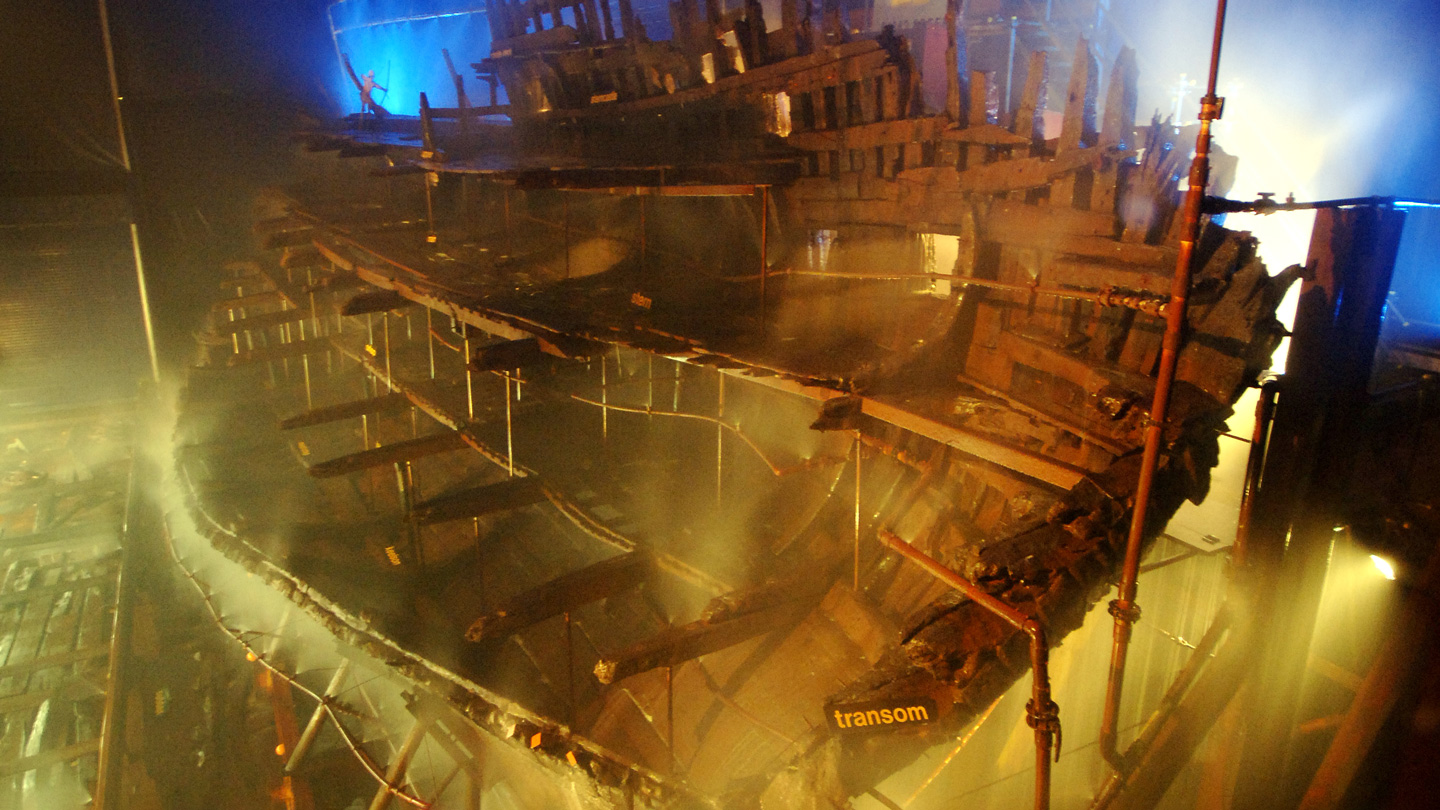The story of the first Mary Rose souvenirs begins with the work of John Deane, inventor of the diving helmet in partnership with his brother Charles in the 1820s. The diving helmet allowed its users greater movement and the ability to dive for far longer periods of time in comparison to its predecessors. The Deane brothers soon put their invention to the test in Portsmouth.
In June 1836, when John Deane was working on the wreck of the Royal George which sank in 1782, he was called to the aid of a group of fishermen who were ensnaring their nets on an unknown object beneath the water. Upon diving to the seabed, Deane found the nets had caught on some timbers protruding from the mud. Far more significantly, however, was the discovery of an 11 foot brass gun with a Latin inscription marking the object as being produced in 1532 and the possession of Henry VIII. The unassuming timbers were in fact the remains of the Mary Rose. Along with the recovery of several more guns and pieces of iron shot, Deane was also successful in removing segments of oak timber and even a section of the mast. These were sold at an auction in Portsmouth on the 12th November 1840. From this point, the wood of the Mary Rose began to take on several new and exciting forms.











